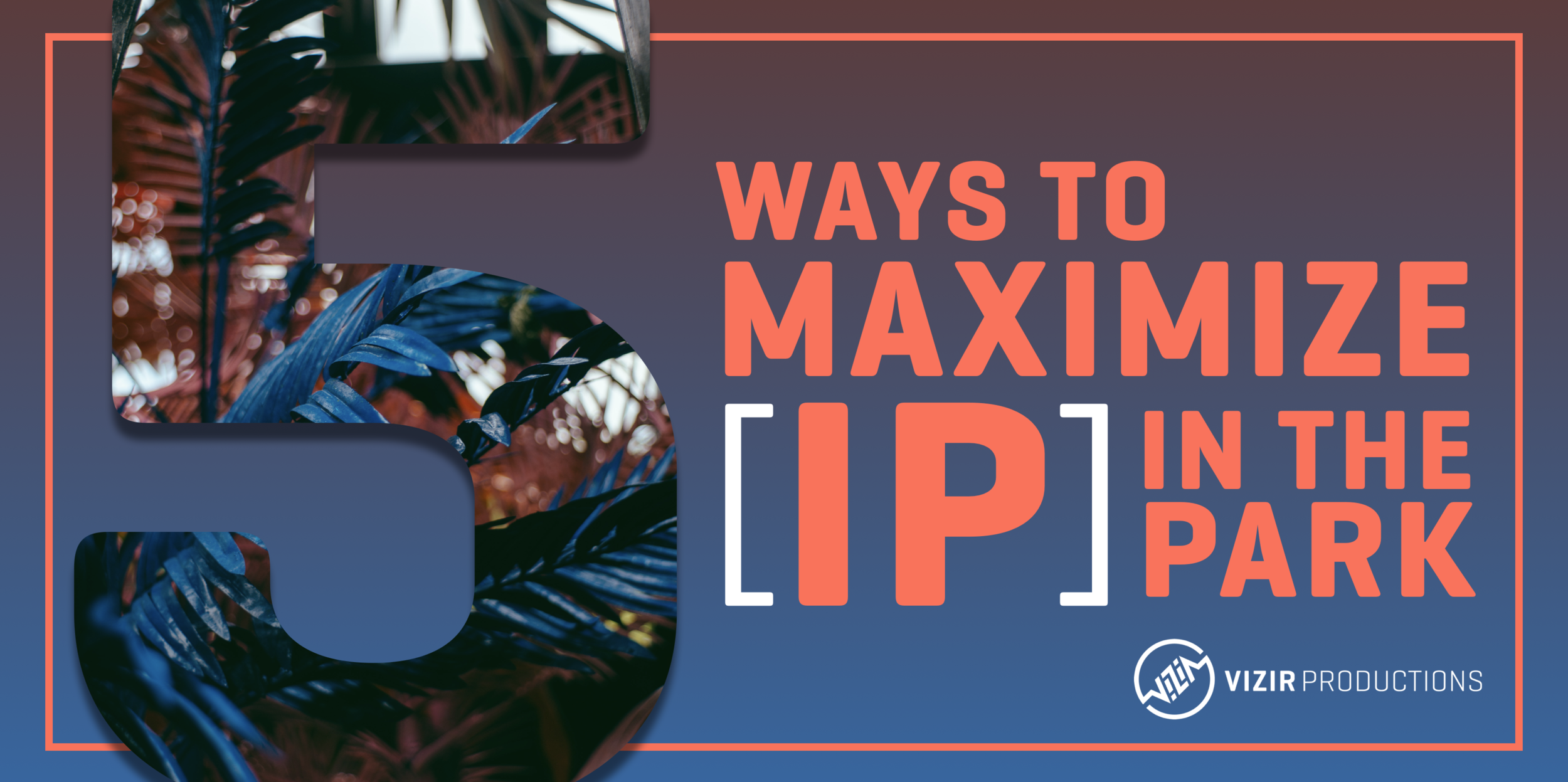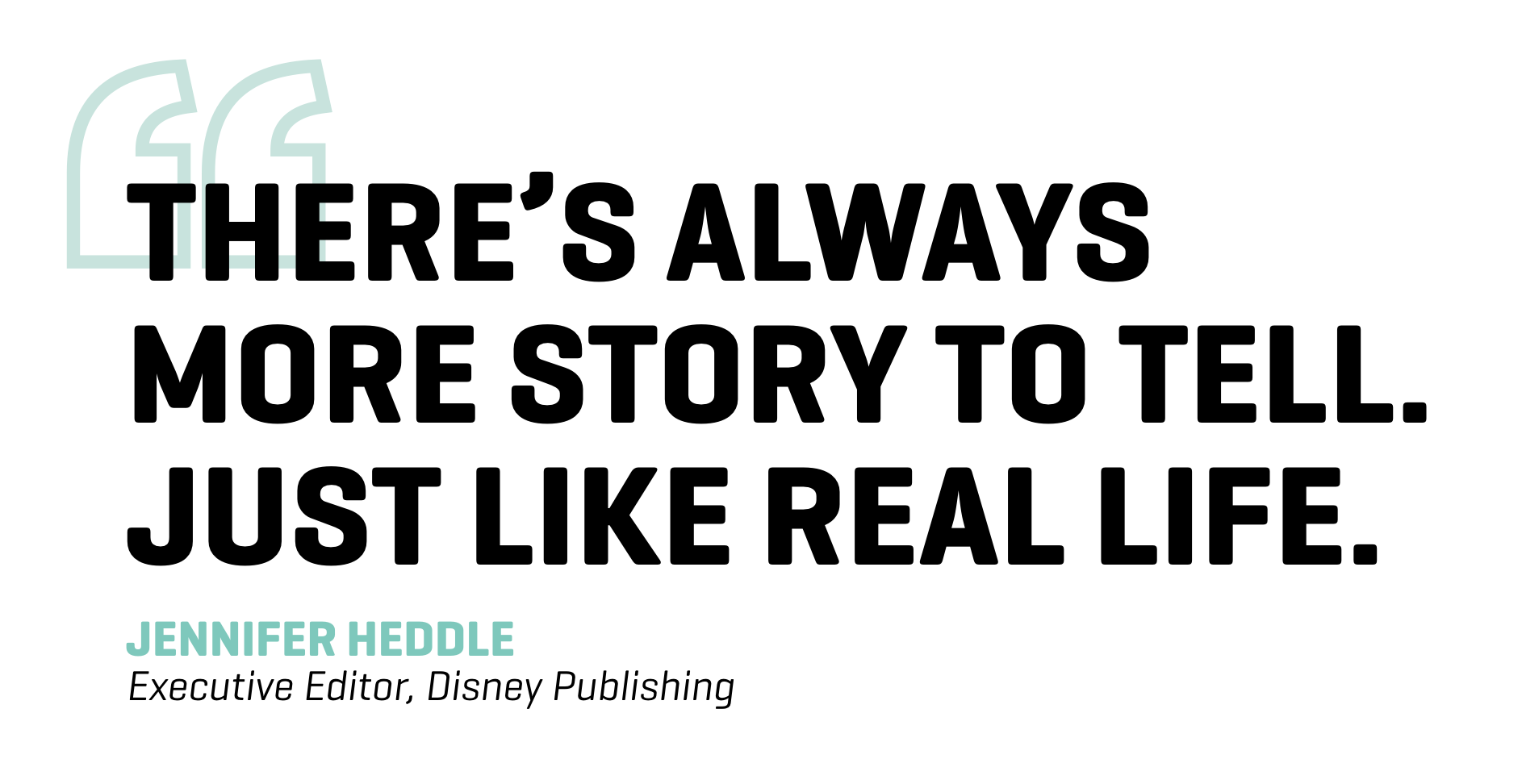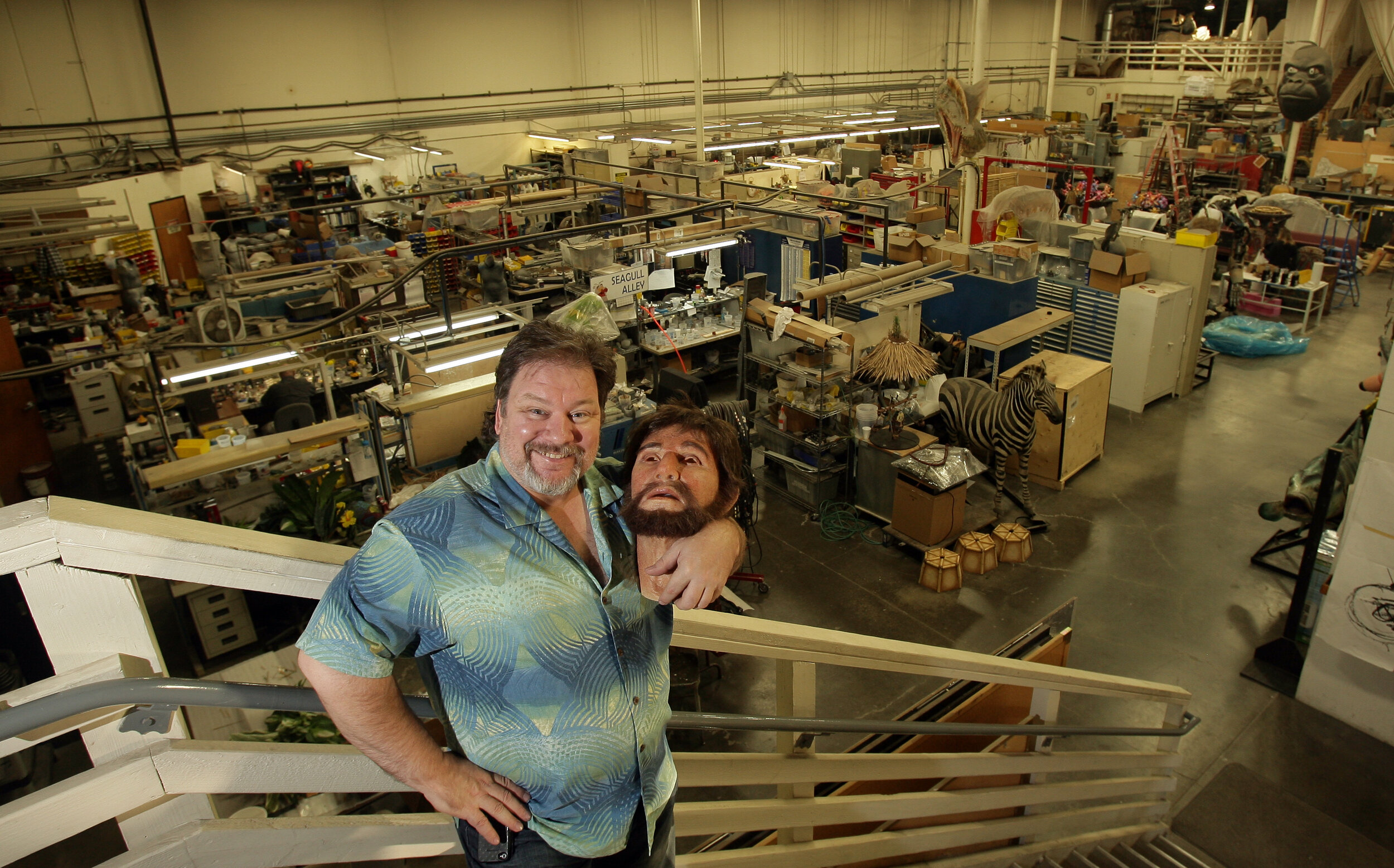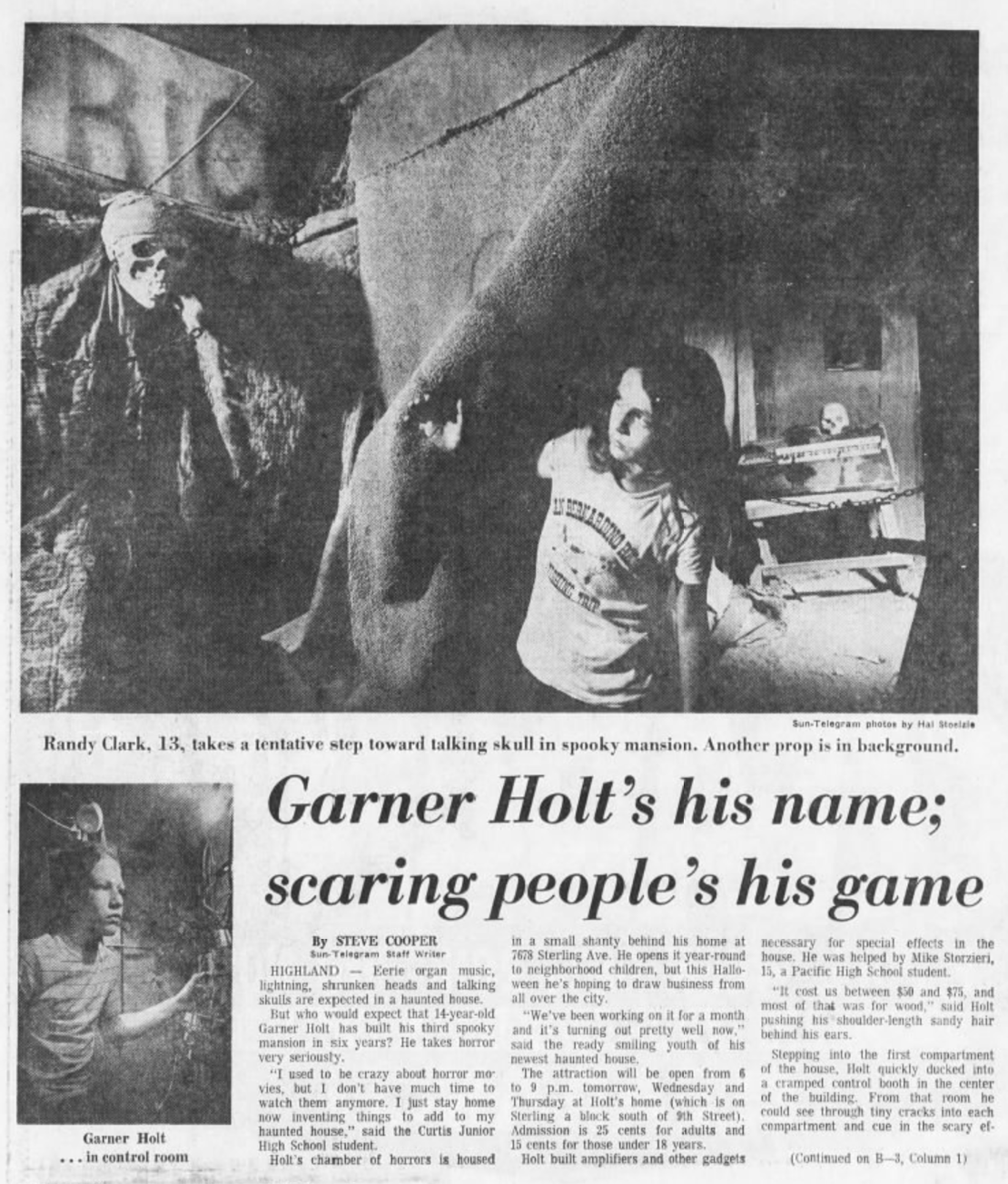How to Give Guests a Role in IP-Based Experiences
Previously on the Vizir blog, we took a look at 5 Ways to Maximize IP in themed lands and attractions using tactics that honor the brand, encourage deeper engagement, and expand the story universe. Here we take a deep dive into the first of these: the call to give guests a role.
Presented with a great piece of intellectual property—one with fantastic environments populated by compelling characters engaged in gripping action—audiences can’t help but want to deepen their relationship with its world. The apex of this draw is the fantasy of living in the world—if only temporarily.
Story is the foundation of any good attraction. And what makes a story a story is not beautiful sets, detailed world building, or even dialogue; it’s what characters do that drives their individual and collective experiences forward. To be part of the story, your guests need something to do, so giving them an active role in an attraction or environment directly enhances their experience. Here’s how to start:
1. INVITE THEM IN
Breaking news: tourist plays role of…tourist. The theme park guest has been typecast. Too often, guests are told they do not belong in a given storytelling environment simply by how the residents of the world address them. “Visitors,” “humans,” and “tourists” are descriptors that can estrange those who want to live in the world. Guests’ in-world roles should be as unique as those out-of-world. Given the freedom to adopt or change roles whenever they like, guests can find their perfect part.
2. CAST THEM WITH PURPOSE
Not everyone has to be a Katniss Everdeen or Harry Potter to feel like they are an essential part of the world. Whether guests take on roles inspired by the stories of secondary or tertiary characters or new roles entirely, the actions and choices of guests should carry weight. In storytelling, if the removal of a character doesn’t cause the narrative to collapse, it may end up on the chopping block. Instead of chopping your guests, find a reason for them to be there.
3. SEND THEM ON A JOURNEY
Take a look at what motivates the characters in the source IP and what actions they take to achieve their goals. Extrapolate their respective character journeys across the landscape of the themed environment and generate parallel and complimentary paths for your guests. This does not always have to take the form of something so explicit as a mission or quest, but it should compel guests to progress deeper into the world.
4. TAKE THEM TO THE PROP SHOP
Few things give guests a feeling of agency and sense of belonging than carrying a symbol of the story world in hand. Not just any piece of merchandise will do, however. The prop that bears the greatest significance to guests in the context of a storytelling environment—be it a wand, data pad, medallion, or other in-world item—is one that suggests a function. It’s not just a souvenir; it is a key to unlock the world around them.
5. LET THEM IMPROVISE
No matter the IP, guests enter an experience with unique personalities and active imagination. These are essential to a guest’s relationship with the story world, but the process of reconciling them with the tightly knit, even sacred nature of IP is an example of more is more. Building a rich story world wherein guests feel the freedom to explore, go off script, and push boundaries will make the experience in fact seem boundless.
It is only by giving guests the power and permission to affect the world around them that theme parks and attractions can deliver on the promise of true immersion—to be a part of the story rather than a passive observer. It’s the difference between being in the world and living in it.
It’s the middle school student who can dress up in the robes of her Hogwarts house and do her homework in the middle of the Three Broomsticks. It’s the experience wherein a participant can disguise himself as a Stormtrooper and infiltrate a secret Imperial facility. It’s the ride through space or down a roaring river that they control with “real” consequences.
An audience who was once satisfied only by imagining their participation in story worlds now views IP with the expectation that it could be a place one might one day be able to visit, not as a mere “tourist,” but as someone who belongs in that world. “Ride the movies” is so 90s. Today, guests want more than to simply go along for the ride. They want to live the franchise.
VIZIR PRODUCTIONS combines the theatrical art of dramaturgy with creative writing, branding, and design to bridge the gap between IP-holders and experience creators and develop experiences that:
Authentically express the brand
Encourage meaningful guest participation
Tell new stories in the brand universe
You have the IP. Now, let us help you make sure it reaches its full potential.


























